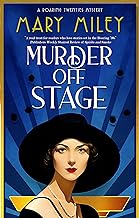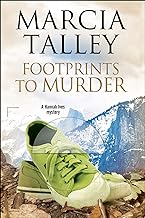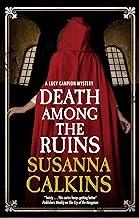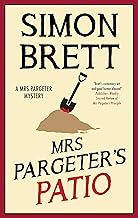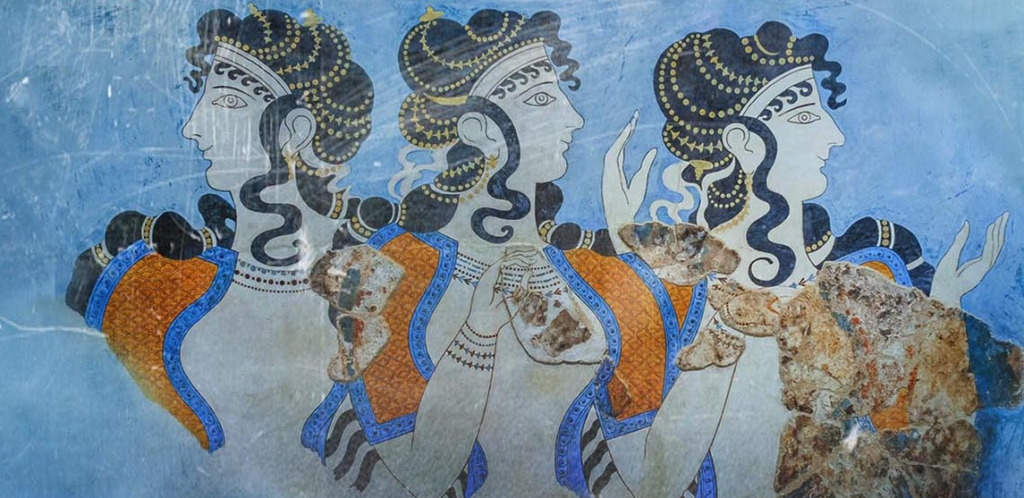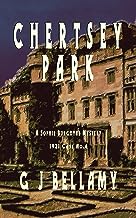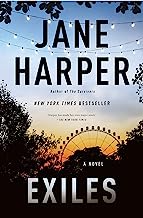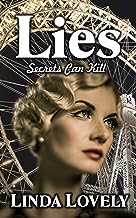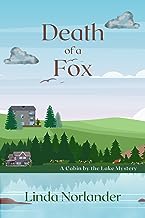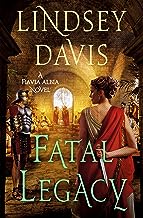From the preponderance of female figures on seals and in frescoes, archaeologists believe Crete worshipped a Supreme Goddess, probably a fertility Goddess from Neolithic times. (Similar to Astarte.)There is some dispute whether the statuary depicting women with snakes in their hands are representations of the Goddess or Priestesses engaged in a ritual.
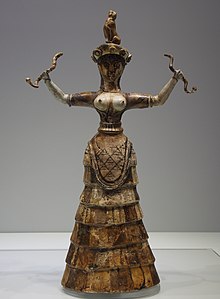
Besides the Supreme Goddess, there was a pantheon of Gods and Goddesses. Poseidon, the God of the Oceans and Earthquakes, is one. (He was adopted by the mainland Greeks with almost no change.) Dionysus is another God, a very old one. A vegetation God, he is the God of wine as well as the Master of Animals. Unlike the Gods and Goddess of Classical Greece, Dionysus is not immortal. He is born each spring, grows to manhood throughout the year, and dies in winter.
One particularly interesting feature of Dionysus is his birth, in a cave and nourished by nanny goats. Sound familiar? The Cretan Zeus, a relative latecomer to the pantheon, is ascribed the same birth story. In Classical times, the same tale is told of Zeus’ birth, (although with a myth about the Titans surrounding it.) Zeus, of course, was elevated to the major God for the Classical Greeks.
The Goddesses are more complicated. Were they individuals or aspects of the Supreme Goddesses? Maybe a mix of the two? Aphrodite is connected to the Bronze Age and her name is pre-Greek. Artemis was a virgin, and the hunt was sacred to her, just as the Classical Greeks believed. Hera was another important Goddess. Shrines to her have been found in Crete. She was responsible for childbirth, a task she shared with Artemis. In the Classical Greek pantheon, she was reduced from being an important Goddess in her own right to Zeus’s jealous wife.
Britomartis meaning Sweet Virgin or Sweet Maiden, was worshipped by the fishermen. Her other name is Diktynna for the nets the fishermen used. I took her name and used the second half, Martis as the name of the protagonist in In the Shadow of the Bull and the sequels.
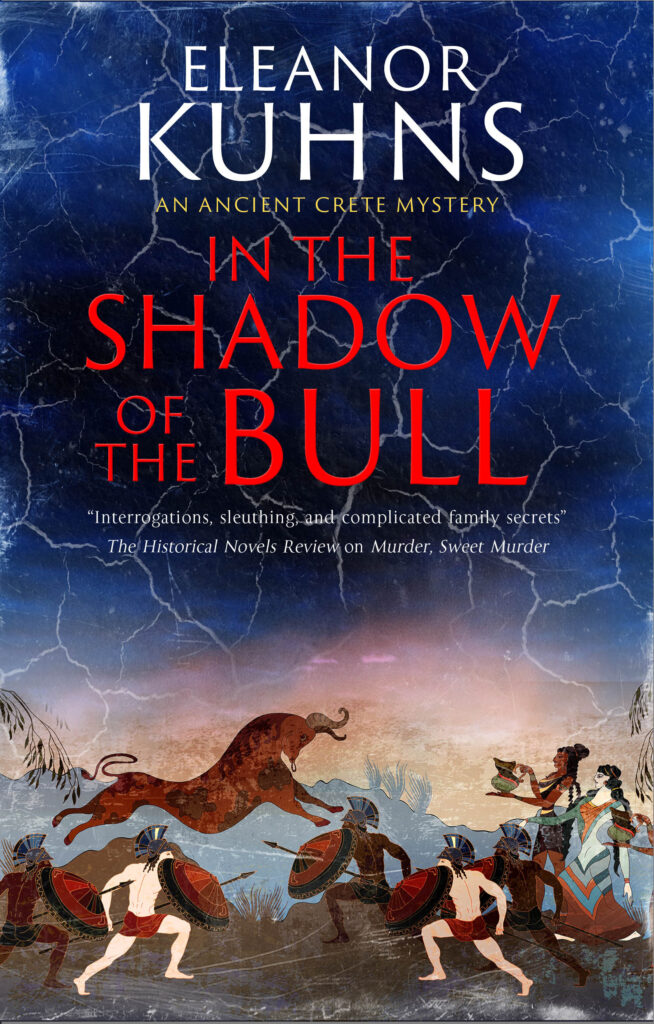
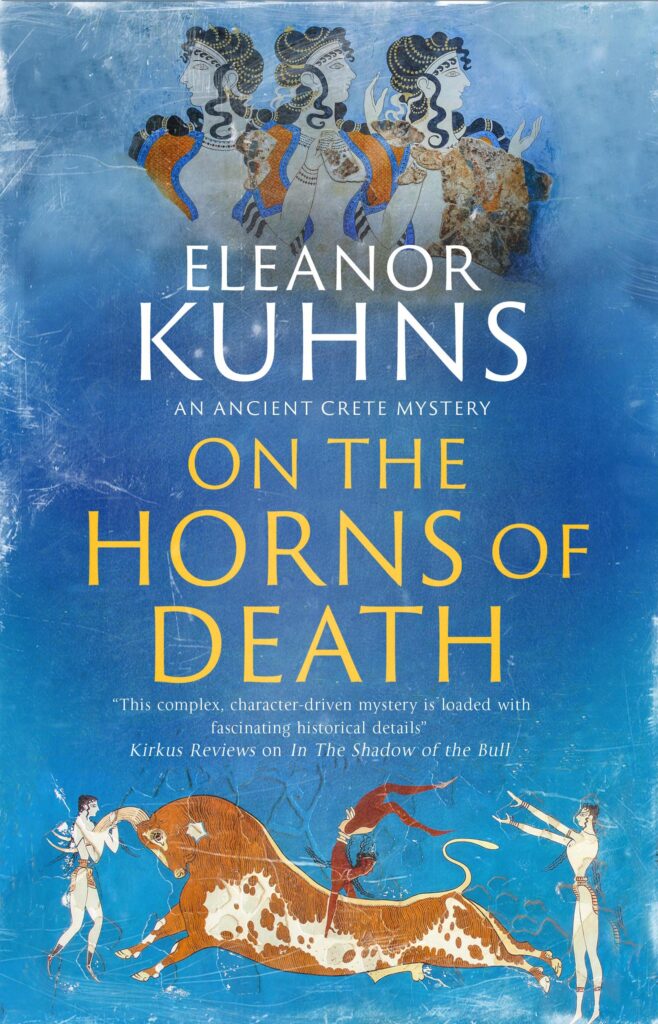
What about the Minotaur? Was the bull-headed man a God?We know that bulls were very very important in Ancient Crete. The statuary and frescos of bull leapers and the many representations of bulls is proof of that. But, was the Minotaur sacred? I choose to believe that the Minotaur was a creation of the Mainland Greeks, representing something they did not understand – rituals involving masked priests.
As excavations and study of this amazing culture continues, I’m sure we discover more about their religion.



